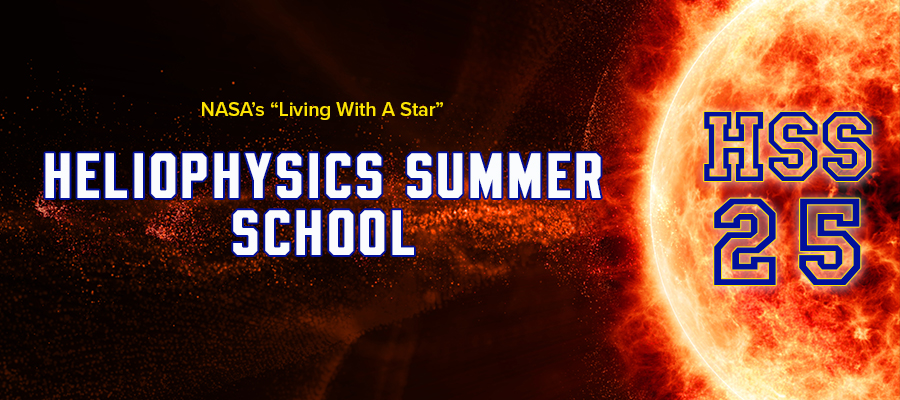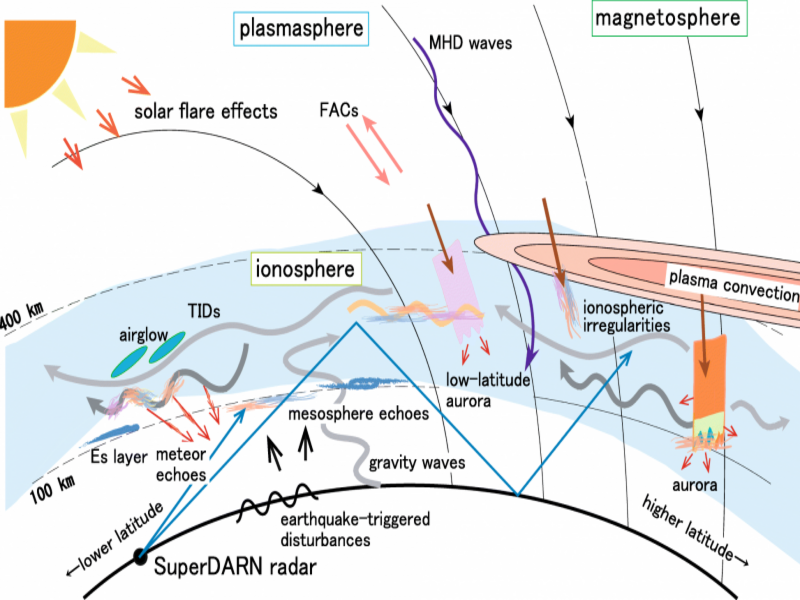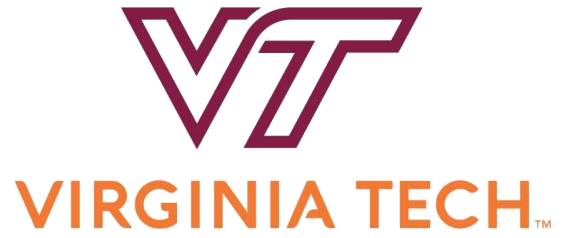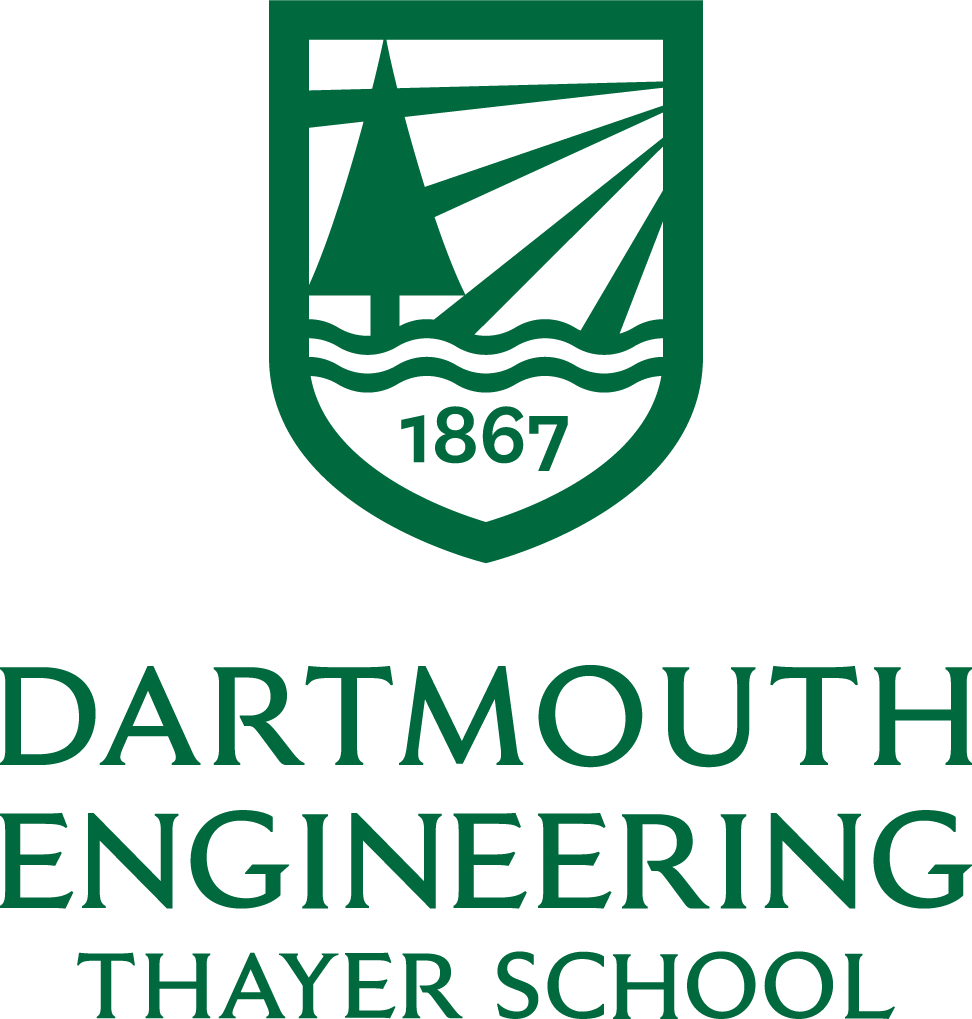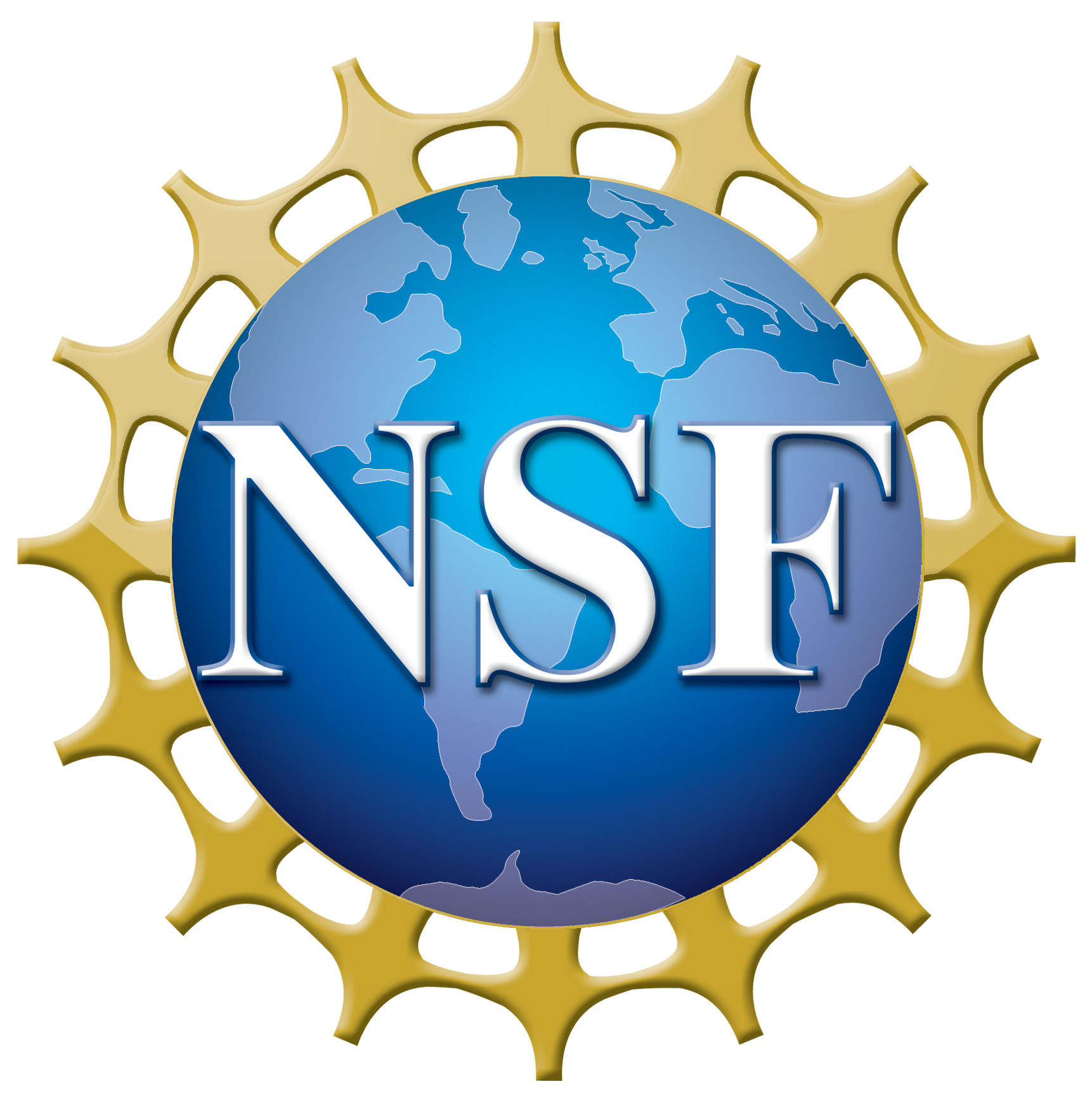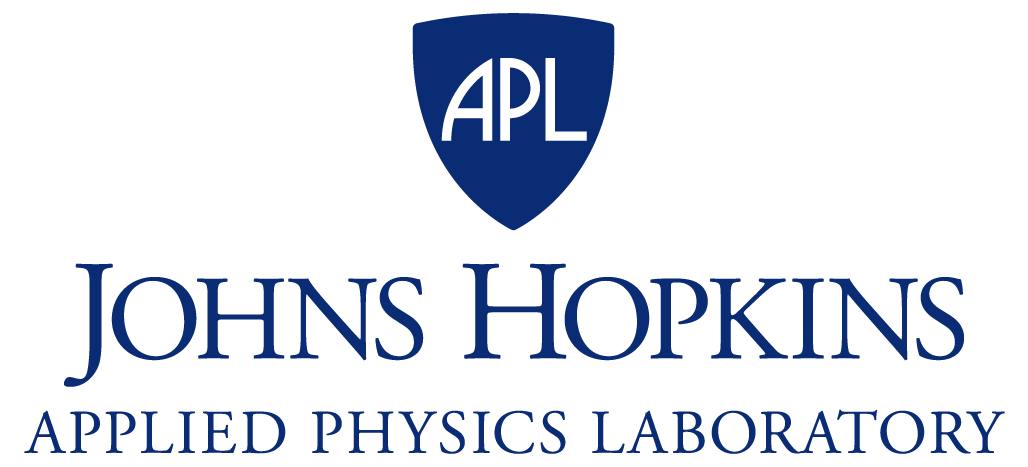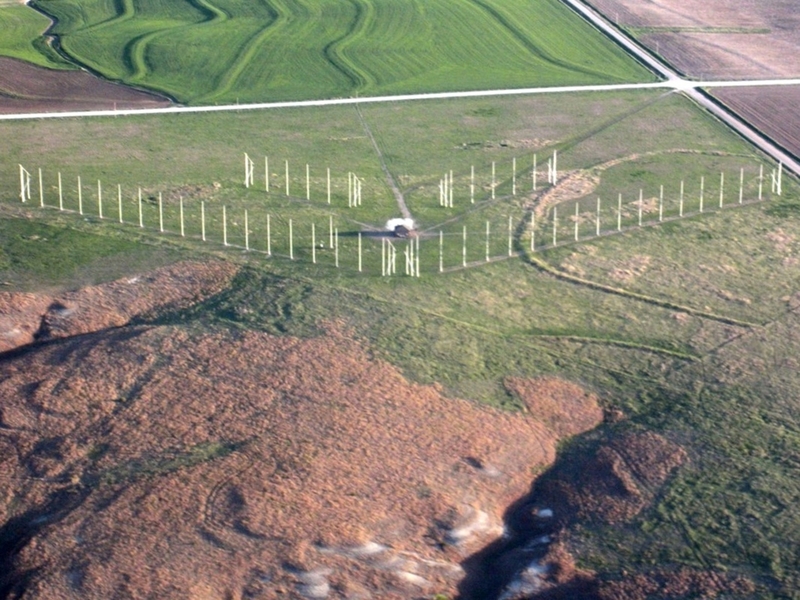
Aerial view of the Fort Hays SuperDARN site operated by Virginia Tech.

Goose Bay Radar: The grand old dame of HF radars.
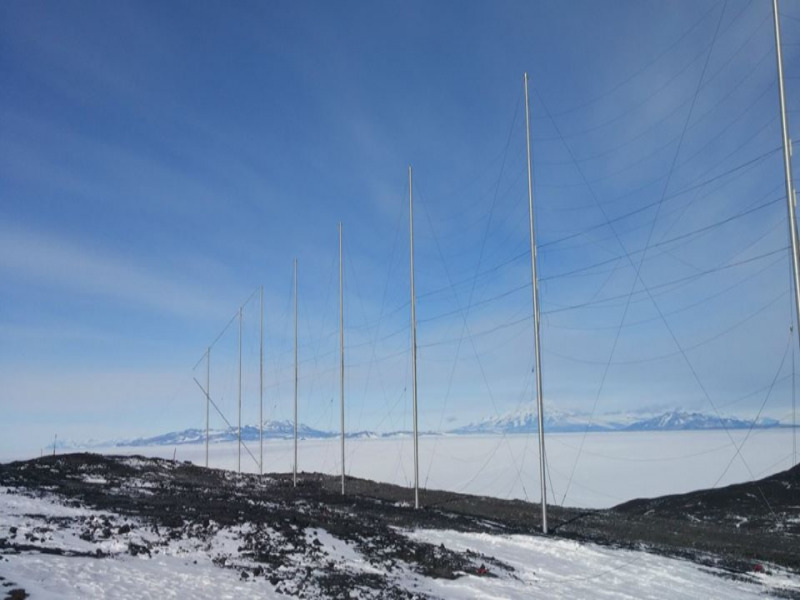
SuperDARN radar at the McMurdo station in Antarctica.
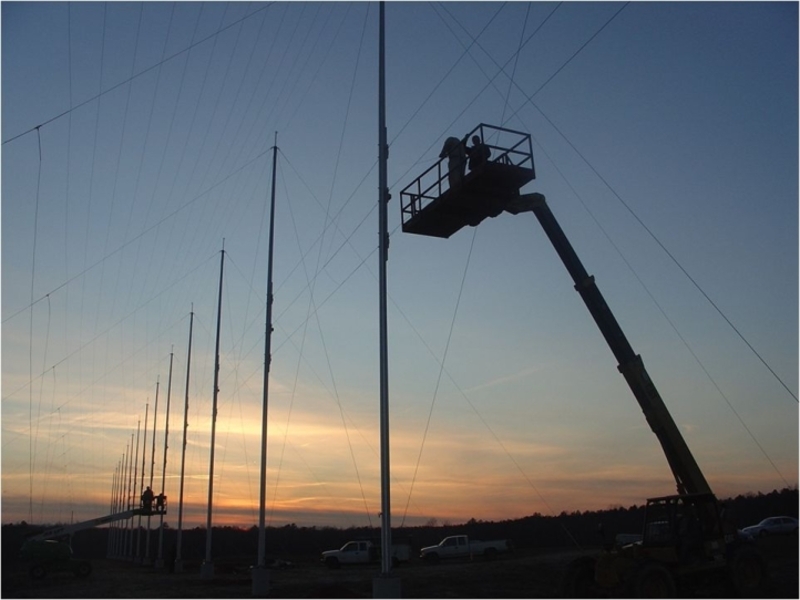
View of the Blackstone SuperDARN radar operated by Virginia Tech.
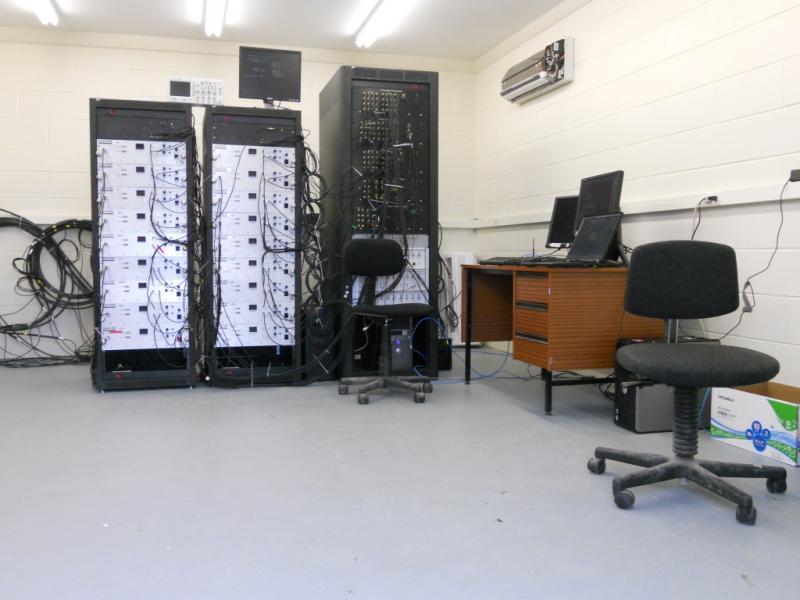
Electronics at the Blackstone radar site.

An example of a ray tracing simulation.
About SuperDARN
SuperDARN stands for Super Dual Auroral Radar Network. The network consists of more
than 30 low-power HF radars that look into Earth's upper atmosphere beginning at
mid-latitudes and extending into the polar regions. The radars operate continuously
and observe the motion of charged particles (plasma) in the ionosphere and other
effects that provide scientists with information on Earth's space environment. The
knowledge gained from this work provides insight into space weather hazards
including radiation exposure for high-altitude travelers and disruptions to
communication networks, navigation systems (GPS), and electrical power grids.
The SuperDARN Research Group at Virginia Tech (VT) collaborates with an
international community of scientists and engineers to operate radars and share
data. The VT Group operates five radars distributed over sites in Canada and the
U.S. For a summary of the radars and their affiliations, visit the Radar Pages
section.
How to Acknowledge use of SuperDARN data?
The research enabled by SuperDARN is due to the efforts of teams of scientists and engineers working in many countries to build and operate radars, process data and provide access, develop and improve data products, and assist users in interpretation. Users of SuperDARN data and data products are asked to acknowledge this support in presentations and publications. A brief statement on how to acknowledge use of SuperDARN data is provided here. Users are also asked to consult with a SuperDARN PI prior to submission of work intended for publication. A listing of radars and PIs with contact information can be found here.
U.S. SuperDARN Collaboration
The U.S. component of SuperDARN is funded by the National Science Foundation under the Space Weather Research (SWR) Program as a collaboration between Virginia Tech (lead institution), Dartmouth College, Penn State University, and the Johns Hopkins University Applied Physics Laboratory (JHU/APL). Click logos for access to the web sites of the U.S. partners.
International SuperDARN Collaborators
In addition to the U.S. partners, the SuperDARN collaboration counts many international partner institutions that share an interest in studies of the ionosphere and the relationship between the ionosphere and space weather.
